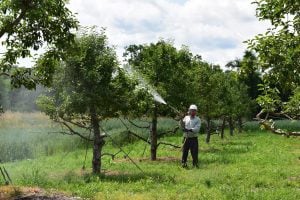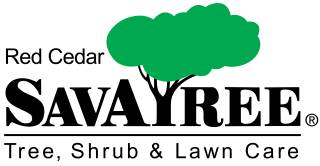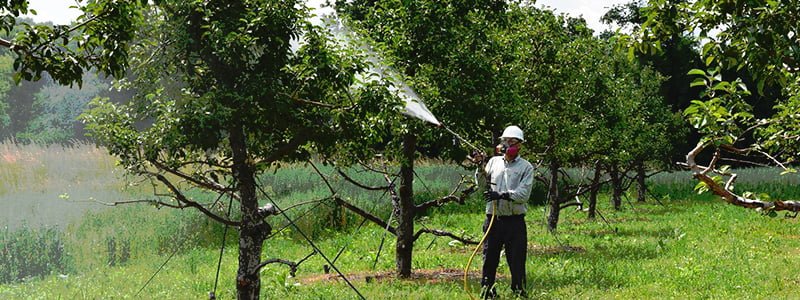Since a tree’s health is dependent on the nutrients they receive from their soil, regular watering, and the interactions the tree has with wildlife, is it important to develop an effective nutrient and fertility management plan.
One way to continually ensure that your trees are receiving enough nutrients is through fertilization. Depending on the environment in which you live, and many other factors that can affect the health of your tree, some trees may need regular fertility management to ensure that they always have a sufficient supply of nutrients.
Regular fertilization can help to:
- Overcome a visible nutrient deficiency
- Increase vegetative growth, flowering or fruiting
- Eliminate the deficiencies that are not obvious or visible (these deficiencies can be detected through a soil analysis)
- Increase the overall vitality of the tree
Choosing The Right Fertilizer:
After having a tree service professional come out to your property to accurately evaluate and diagnose any deficiencies your trees may be having, they can help you to develop the proper fertility management plan. The first step in appropriate fertilization is choosing the right fertilizer.
When hiring the professionals, your trees will not only have access to top-of-the-line fertilizers, but they will be treated with the correct formula for their specific needs. Knowing what fertilizers are best for the health of your trees is key in the success the fertilizer will have. If a fertilizer contains levels of salt, potassium or phosphorous that are too high, they can be counterproductive to tree’s nutrient supply and its overall vitality.
Application Methods:
 The next step in your fertilization process is application. There are several different fertilization methods that your tree care specialist may need to incorporate during different stages of your tree’s life.
The next step in your fertilization process is application. There are several different fertilization methods that your tree care specialist may need to incorporate during different stages of your tree’s life.
- Surface Application: This method is essentially what it sounds like. It is a liquid application of the fertilizer to the surface of the tree’s soil and roots. This type of fertilization is achieved by using spray equipment. It is important that surface fertilization is not applied where runoff can occur.
- Subsurface Application: This technique digs a little deeper, literally. To perform subsurface fertilization application, your tree care specialist will need to drill holes around 2-4” wide and 4-8” deep. A specific amount of fertilizer is then distributed into these holes. There is an exact science to this method of fertilization requiring specific space between holes, a specific depth, and particular attention to root patterns. Because of this, it is recommended that this process of fertilization be performed only by trained professionals.
- Trunk Application: Through this method, fertilizer is injected directly into the trunk of the tree. This is usually reserved for instances when soil application is not effective and is an advanced technique.
Applying the correct amount of fertilizer is crucial in your tree’s overall health. If too much fertilizer is applied, this can disrupt your tree’s pH levels. This is where the importance of proper diagnosis comes into play. If your tree’s deficiencies are not properly diagnosed, or there is no testing done at all, you are essentially applying fertilizer blindly. Although you may not think this can hurt the tree, it can. An unbalanced pH will have the opposite effect of what you would hope to get out of proper fertilization, and it will affect the availability of multiple nutrients your tree needs to thrive.
By having your tree specialist conduct a simple test on a soil sample, they can help provide a proper diagnosis, and from that, the best fertility and nutrient management plan for your tree! It is also important to keep in mind that pH levels can change overtime, and because of this, there should always be follow-up tests.
Spring is a great time to have your tree care specialist come out to your home to analyze the trees on your property and their soil. Red Cedar can help properly diagnose any deficiencies and setup the right fertility and nutrient management plan for your trees’ specific needs. Contact us for your free consultation today!


